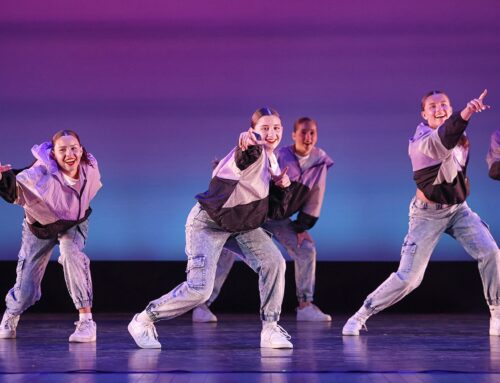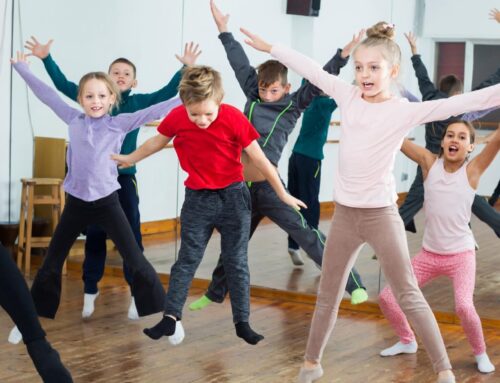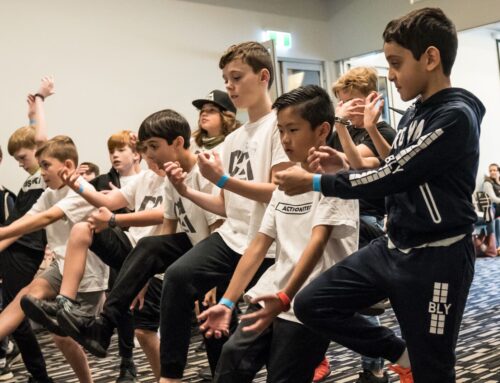Starting your dance education can feel both exciting and intimidating, especially when you’re unsure what to expect from your first class. Whether you’re considering ballet classes in Greenacres, FL, or exploring other dance styles in your area, proper preparation makes all the difference in creating a positive initial experience. Many beginners worry about their skill level, appropriate attire, or fitting in with other students, but these concerns are entirely manageable with the right approach. This guide provides practical advice for making your first dance class memorable for all the right reasons. Following these straightforward tips helps new dancers feel confident, prepared, and ready to enjoy their introduction to the world of movement and music.
Choosing the Right Dance Class
Selecting an appropriate class lays the foundation for a positive dance experience. Start by honestly assessing your current fitness level and any previous movement experience, whether from sports, yoga, or casual dancing. This self-awareness helps you choose beginner-friendly options rather than intermediate classes that might feel overwhelming.
Research different dance styles to find one that genuinely interests you. Ballet develops grace and technical precision, while jazz offers energetic and expressive movements. Hip-hop offers a contemporary urban flair, while ballroom provides a traditional form of partnered social dancing. Each style has unique characteristics and appeals to different personalities and preferences.
Consider practical factors like class scheduling, location convenience, and cost when making your selection. Regular attendance produces better results than sporadic participation, so choose times that fit reliably into your routine. Many studios offer trial classes or beginner workshops that let you sample different styles before committing to a full session.
Read reviews and ask about instructor qualifications, particularly their experience teaching new dancers. Great teachers create welcoming environments where beginners feel comfortable making mistakes and asking questions without judgment.
Dressing for Success
Appropriate attire enables free movement while helping you feel confident and prepared for class. Select clothing that fits well, neither too loose nor too restrictive. Loose garments can hide your body alignment from instructors, while overly tight clothes may limit your range of motion.
For most dance styles, fitted athletic wear is a suitable choice. Women often prefer leggings or dance pants with tank tops or fitted t-shirts. Men typically opt for athletic shorts or sweatpants paired with breathable shirts. Avoid clothing with zippers, buttons, or decorative elements that might catch on other dancers or equipment.
Footwear requirements vary significantly between dance styles. Ballet typically requires soft slippers or bare feet, while jazz classes often use jazz shoes or sneakers. Hip-hop dancers usually wear clean athletic shoes with good support. Please check with your studio for specific footwear recommendations before your first class.
Hair should be secured away from your face to prevent distractions during movement. Bring a water bottle to stay hydrated, especially during longer or more intensive classes. Some studios provide basic equipment, but having your water ensures you’re always prepared.
Embracing Your Unique Style
Every dancer brings individual strengths and characteristics to their movement practice. Rather than trying to copy others exactly, focus on developing your approach to the techniques being taught. Your natural tendencies and personality will influence how you interpret music and express movement.
Pay attention to what feels natural and comfortable in your body while remaining open to new challenges. Some people naturally excel at sharp, precise movements, while others shine with flowing, lyrical styles. Both approaches have value and can be developed further with practice.
Don’t worry about looking exactly like other students, especially those with more experience. Dance develops gradually, and everyone progresses at their own pace. Your instructor will provide modifications and progressions appropriate for your current level.
Celebrate small improvements and personal breakthroughs rather than comparing yourself to others. Notice when movements feel smoother, when you remember combinations more easily, or when you feel more connected to the music. These individual victories matter more than matching anyone else’s performance.
Preparing Mentally and Physically
Mental preparation sets the stage for a positive learning experience. Approach your first class with curiosity rather than expectations of perfection. Remember that everyone in the room was once a beginner, including your instructor and the most experienced students.
Set realistic goals for your first class, such as learning the basic positions, following along with a simple combination, or simply feeling comfortable in the studio environment. These achievable objectives build confidence and create positive associations with dance.
Physical preparation includes eating a light meal or snack 1-2 hours before class to maintain energy without feeling heavy. Arrive early to introduce yourself to the instructor and familiarize yourself with the studio layout. This extra time helps reduce stress and makes you feel more settled when class begins.
Warm up gently before intensive movement, even if the class includes a formal warm-up. Simple stretches or light movements help your body transition from daily activities to focused dance practice.
Making the Most of Feedback
Constructive feedback accelerates your learning and helps you develop proper techniques from the beginning. When instructors offer corrections or suggestions, listen carefully and ask questions if anything is unclear. Most teachers appreciate students who actively engage with their guidance and instruction.
- Stay Open-Minded: View corrections as helpful information rather than criticism of your abilities
- Ask Questions: Request clarification when you don’t understand a correction or need additional guidance
- Practice Suggestions: Apply feedback immediately during class and remember it for future practice
- Take Notes: Write down important corrections after class to review before your next session
Remember that receiving individual attention means your instructor sees your potential and wants to help you improve. Dancers who accept feedback gracefully and work to implement suggestions typically progress faster than those who become defensive or discouraged.
Focus on one or two key points at a time rather than trying to fix everything simultaneously. This approach prevents overwhelm and allows you to develop good habits gradually and sustainably.
Related Topics:
- Why Dance Is More Than Just Movement: the Life Skills Your Child Will Learn
- Finding Confidence Through Dance for Teens: A Fun Way to Grow Self-Esteem




